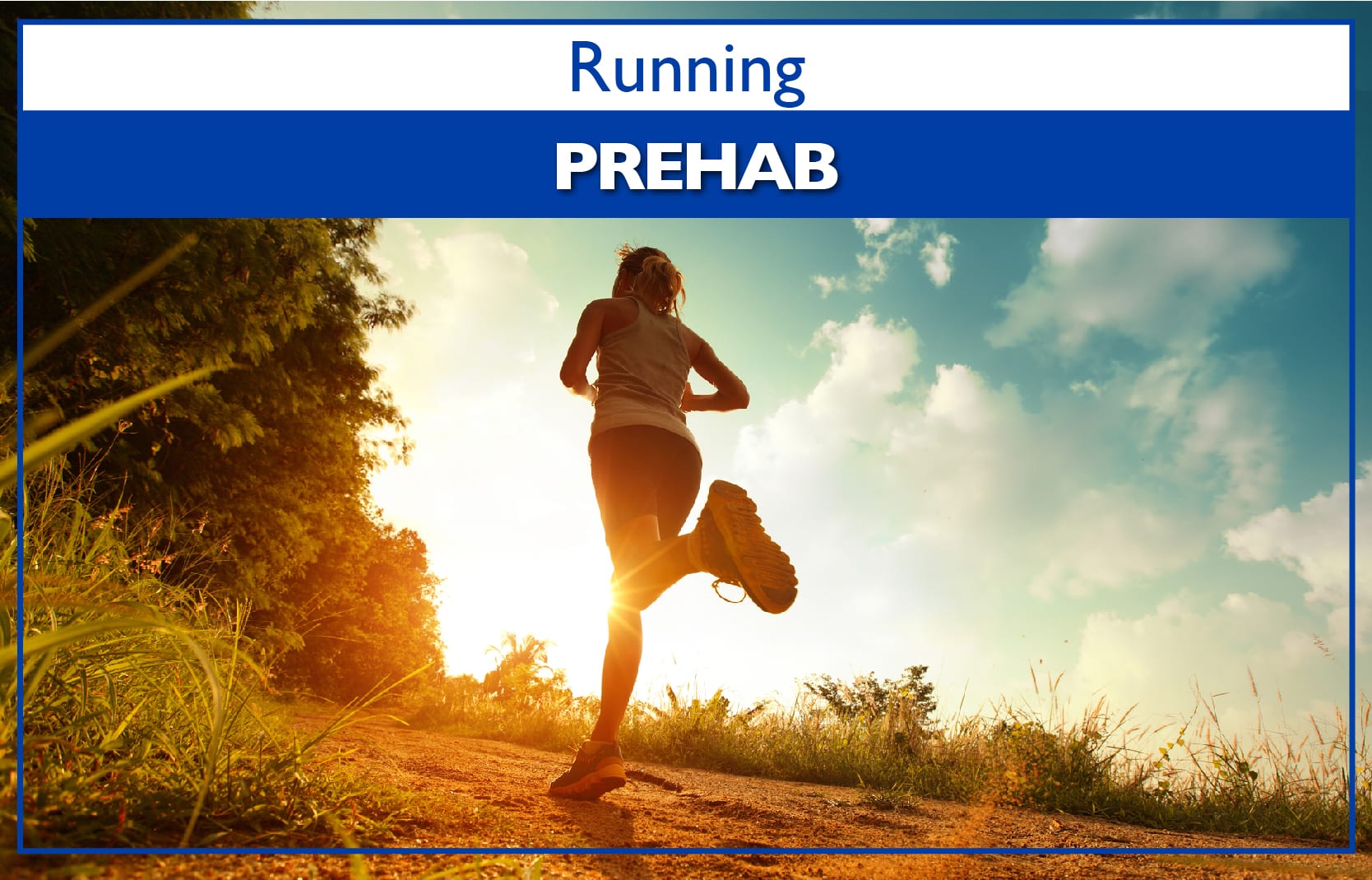
Do you like to run?
Do you hate to run but think its the best way to get fit and healthy?
Have you had to stop running due to injury?
Or have you given up on running due to recurring injuries?
The Truth is, due to modern lifestyle, may of us are not designed to run.
Don’t get me wrong, we are all designed to run, but due to lifestyle factors, work, stress, lack of sleep, poor nutrition, poor postural alignment and muscular balance, we are destined for injury.
These days we can’t just get up and run, we have too many postural and muscular balance issues that we are only asking for trouble. Modern life is very different to the conditions in which the human body evolved.
– We Sit Way to Much
– We don’t move enough
– We are not strong enough
– We over specialise in certain movements / postures.
These mismatches contributes to pain, injury and poor performance.
**Side Note**
If your questioning my statement that we were born to run then I have some info for you.
Humans Have:
1. Strong Nuchal Ligament at the back of the head, perfect for keeping the head still when moving quickly, no other primate has one.
2. Enormous Gluteus Maximus muscles, almost devoid of activity at walking speed but a fundamental motor of running gait.
3. Long tendons on hamstring and calf muscles ideal for storing and returning energy to running gait.
4. Short toes, which appear to make little difference to walking, but are vital to make endurance running efficient.
*REF: Bramble, DM and Lieberman, DE (2004) Endurance Running and the Evolution of the genus Homo . Nature 432: 345-352)
If you are serious about running and don’t want to get injured, or at least make yourself injury resilient, there are key areas you need to focus on before you hit the pavement.
Running Mobility:
Key Areas:
1. Big Toe Extension
Big Toe extension is vital to optimal push of mechanics. Any limitation in range of movement with cause compensation further up the chain.
2. Ankle Dorsiflexion
2. Hip Mobility
2. Thoracic (Extension / Rotation)
Strength & Conditioning:
You should be doing at least 2 sessions a week focused solely on strength and conditioning. Most runners don’t, and most runners pick up repetitive overuse injuries that could have been avoided. Not only that, this stuff will make you run faster and stronger. So instead of running 7 days a week, do 5 days running and 2 days S&C.
Key Areas:
Targeting Calf / Achilles (Each exercises progresses to a more difficult exercise – once an exercise feels easy move onto the next)
– Isometric Calf Raise (Hold) 60 seconds
– Double Calf Raises 60 seconds
– Single Leg calf Raises 60 seconds
– Eccentric Calf Raises
– Eccentric Calf Raises – 2 up / 1 down
Targeting Ankle Proprioception:
– 1 Leg Stand 60 seconds
– 1 leg Stand Eyes Closed 60 seconds
– 1 Leg Stand Eyes Open on Cushion 60 seconds
– 1 Leg Mini Squats with toe taps
Targeting Glutes (2 minutes on each):
– Glute Bridges (2 legs progressing to 1 leg)
– Single Leg Glute Bridges
– Clams
– Band Walks
Targeting Hamstrings:
– Hamstring Curls with Sliders
– Hamsring Curls with Stability Ball
– Eccentric Hamstring Curls with Sliders
– 1 Leg Hamstring Curls with Stability Ball
– Eccentric 1 Leg Hamstring Curls with Sliders
Targeting Core:
– Bird Dog
– Planks Variations
– Side Planks Variations
The Best Strength Exercises for Runners
Single Leg Squats
Lunges
Split Squats
Bulgarian Split Squats
RDL (Romanian Deadlifts)
1 Leg RDL (Romanian Deadlifts)
1 Leg Bench Squats (stand on bench and lower one foot towards floor)
Box Jumps
KB Swing
Monster Band Walks
Strength Training Workout for Runners
An Example workout for Runners looking to do 2 sessions a week of strength training. Focusing on the key areas with strength and power. Not looking to add any mass or size.
Warm Up Should consist of your mobility exercises highlighted above.
Session 1:
Superset 1:
A1. Heavy Squat 4 Sets x 6reps
A2. Dynamic: Box Jumps 4 x 10
Rest 2-3 minutes
Superset 2:
B1. Bulgarian Split Squat 4 sets x 8 reps each leg
B2. KB Swings 4sets x 20 reps
Rest 1-2 minutes
Superset 3 (focusing on hamstrings / glutes / core):
C1. Glute Bridges 2-3 sets x 1 minute
C2. Hamstring Sliders 2-3 sets x 1 minute
C3. Plank 2-3 sets x 1 minute
No Rest
Session 2:
Superset 1:
A1 Heavy Deadlift 4 sets x 6 reps
A2 Dynamic Split Lunges 4 sets x 10 reps each side
Rest 2-3 minutes
Superset 2:
B1 Single Leg RDL 4sets x 10reps each side
B2. Single Leg Step Offs 4sets x 10reps each leg
Rest 1-2 Minutes
Superset 3 (focusing on hamstrings / glutes / core):
C1. Glute Bridges 2-3 sets x 1 minute
C2. Hamstring Stability Ball Curls 2-3 sets x 1 minute
C3. Side Plank 2-3 sets x 1 minute each side



